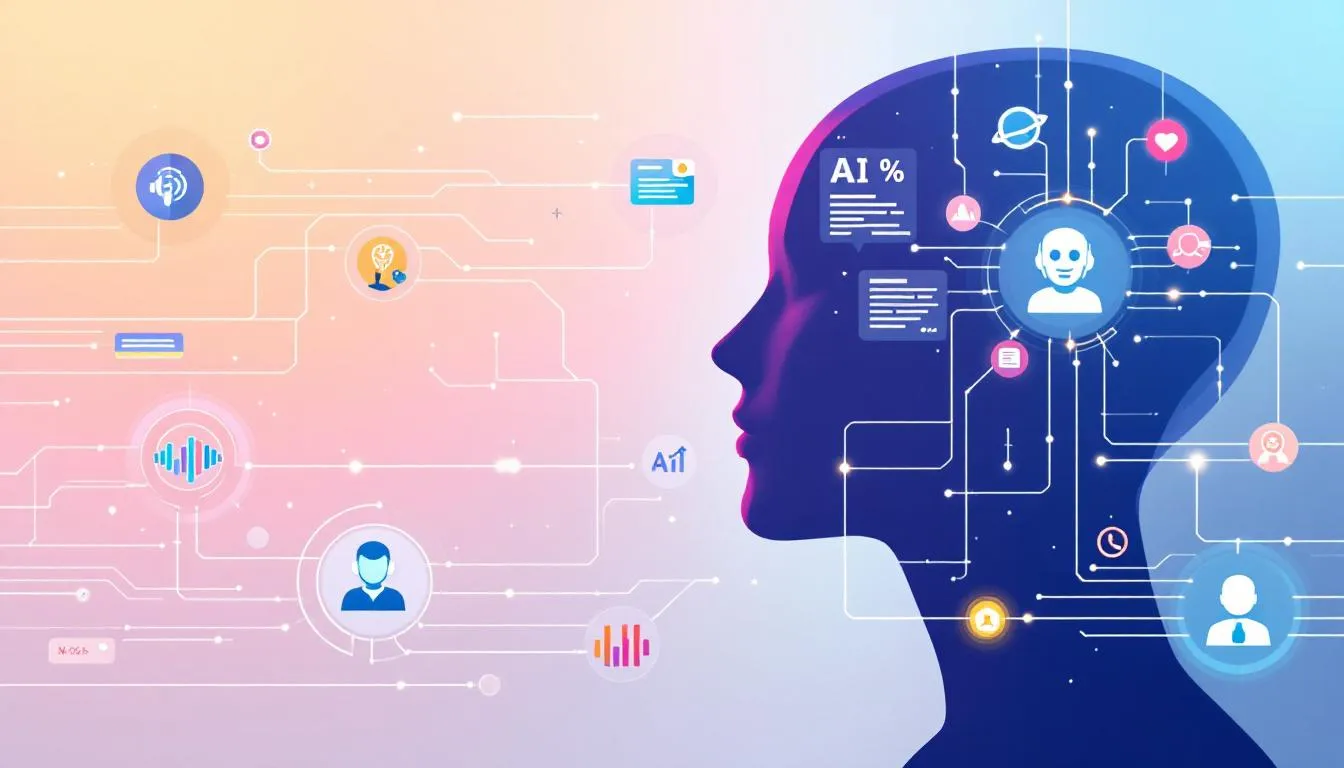Customer feedback plays a central role in shaping successful products. By listening to users, businesses refine their offerings, boost satisfaction, and stay competitive. Feedback provides a clear view of what customers value, what frustrates them, and what improvements will make the biggest impact. When integrated into product development, it drives innovation, creates loyalty, and ensures products align closely with real-world needs.
Defining Customer Feedback in Product Development
Customer feedback is the information customers share about their experiences with a product or service. It highlights what works well, what causes problems, and what features are missing. Feedback is not just opinion—it is a source of practical ideas that can guide design and development. Continuous feedback loops, where insights are collected regularly and acted on quickly, allow companies to iterate effectively and deliver products that exceed expectations.
Why Customer Feedback Matters
Customer feedback is a rich source of insights that goes beyond measuring satisfaction. It helps businesses anticipate customer needs, build trust, and strengthen loyalty.
Key benefits include:
- Driving repeat purchases and brand advocacy by making customers feel heard
- Improving adoption rates for features and updates by aligning them with user needs
- Handling negative feedback constructively to improve retention and reduce churn
Companies that embed feedback into their process are more likely to innovate successfully, deliver relevant updates, and keep their users engaged.
Types of Customer Feedback
Feedback comes in many forms, each offering unique insights:
- Transactional feedback captures reactions at key moments, like after a purchase or support interaction.
- Free trial feedback reveals why users hesitate to convert into paying customers.
- Post-update feedback measures reactions to new features and improvements.
- Cancellation feedback uncovers reasons why users leave, highlighting areas that need urgent attention.
- Onboarding feedback shows how easily new users adapt to the product and where they encounter obstacles.
Collecting different types of feedback gives a more complete picture of the customer journey.
Effective Methods for Collecting Feedback
Gathering useful feedback requires choosing the right methods and asking at the right times. In-app surveys and feedback forms allow businesses to capture real-time impressions during the customer experience. Interviews and focus groups provide deeper insights into motivations and frustrations, while usability tests reveal how people actually interact with the product. Automated feedback requests after support interactions capture impressions when they are most relevant. Combining these approaches ensures both breadth and depth of customer insights, giving teams a strong foundation for improvement.
Analyzing Feedback for Insights
Collecting feedback is only valuable if it is turned into actionable information. Quantitative data like ratings highlight trends, while qualitative responses reveal the stories behind them. Combining both allows businesses to see not just how users feel, but why. Tools powered by artificial intelligence can speed this process by detecting patterns and organizing themes, while internal sharing of insights ensures that every team—design, engineering, and support—can align their efforts to address customer needs. A structured approach transforms raw feedback into clear priorities.
Prioritizing and Implementing Feedback
Not every piece of feedback can be acted on immediately. Product managers must weigh the potential impact on users against the cost and feasibility of changes. Clear prioritization frameworks help identify which improvements to focus on first, ensuring that teams work on updates that deliver the most value. Integrating feedback early in the product cycle speeds innovation and reduces the risk of misalignment with market needs. Communicating back to customers when their suggestions shape updates also strengthens trust and encourages ongoing participation.
Measuring the Impact of Changes
Once changes are made, measuring their effect is crucial. Customer satisfaction scores like Net Promoter Score or CSAT provide a snapshot of how updates are received, while analytics and follow-up surveys track adoption and performance over time. Social media and online reviews offer immediate reactions, and A/B testing provides hard evidence about which version of a product performs better. Together, these methods confirm whether feedback-driven updates are delivering the intended improvements and help guide future iterations.
Case Studies and Challenges
Real-world examples show how feedback drives results. Netflix won loyalty by eliminating late fees after listening to customers, while Udemy improved accessibility by adding captions to videos based on user requests. These changes not only solved problems but also gave each company a competitive edge.
Despite its value, feedback does present challenges. Responses can be biased, limited, or contradictory, making interpretation difficult. Without careful analysis, teams risk acting on outliers rather than true patterns. The solution lies in structured collection, balanced analysis, and disciplined prioritization. By approaching feedback thoughtfully, companies can overcome these challenges and turn customer voices into a reliable engine for innovation.
Summary
Customer feedback is one of the most powerful tools in product development. It reveals user needs, shapes innovation, and ensures that products resonate with the market. Collecting diverse types of feedback, analyzing them carefully, and prioritizing improvements helps businesses deliver more relevant and satisfying experiences.
When feedback is implemented and its impact measured, it closes the loop between customers and companies, building trust and long-term loyalty. By embedding feedback into every stage of product development, businesses can create products that not only succeed today but also evolve with their users over time.



